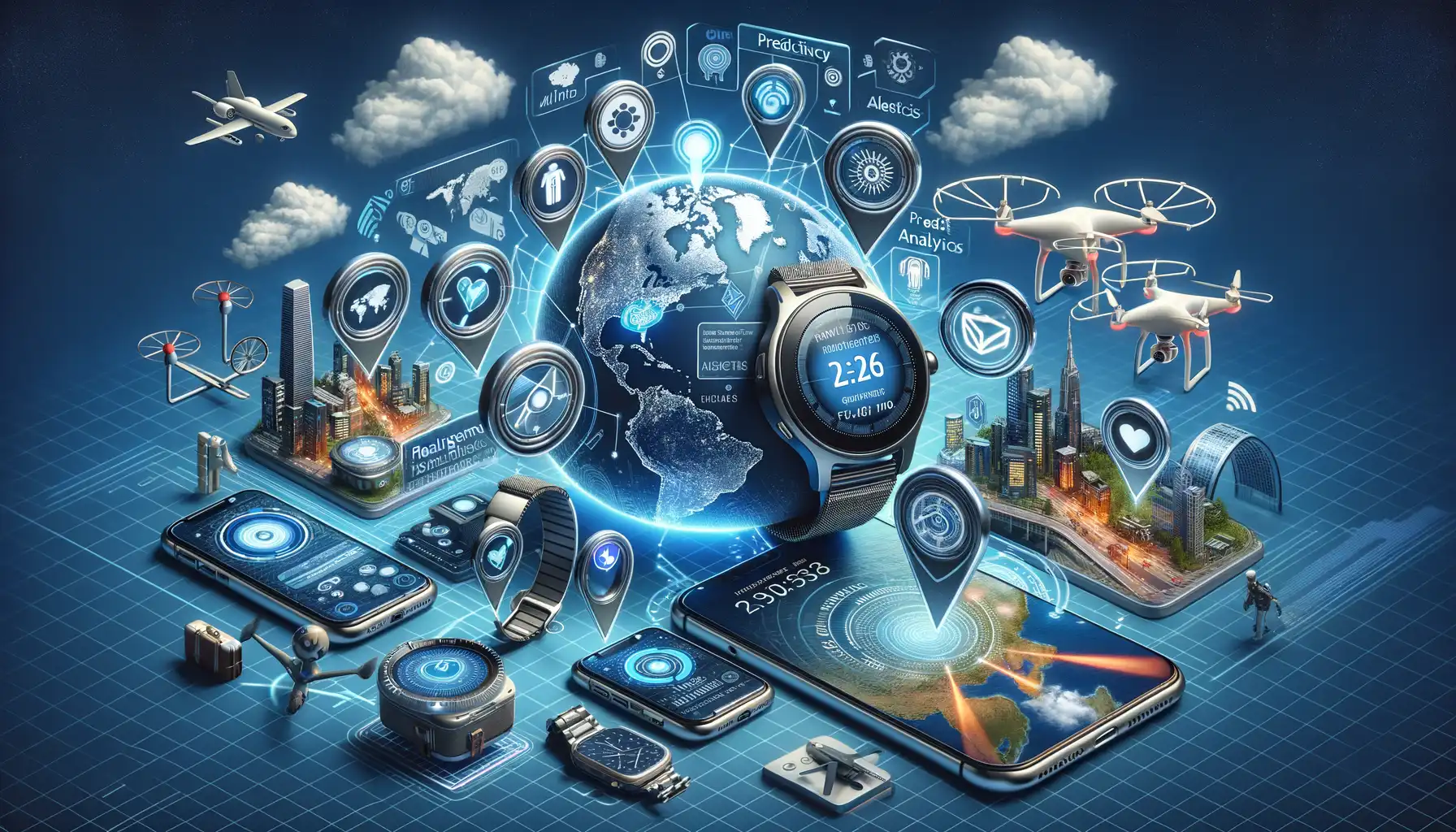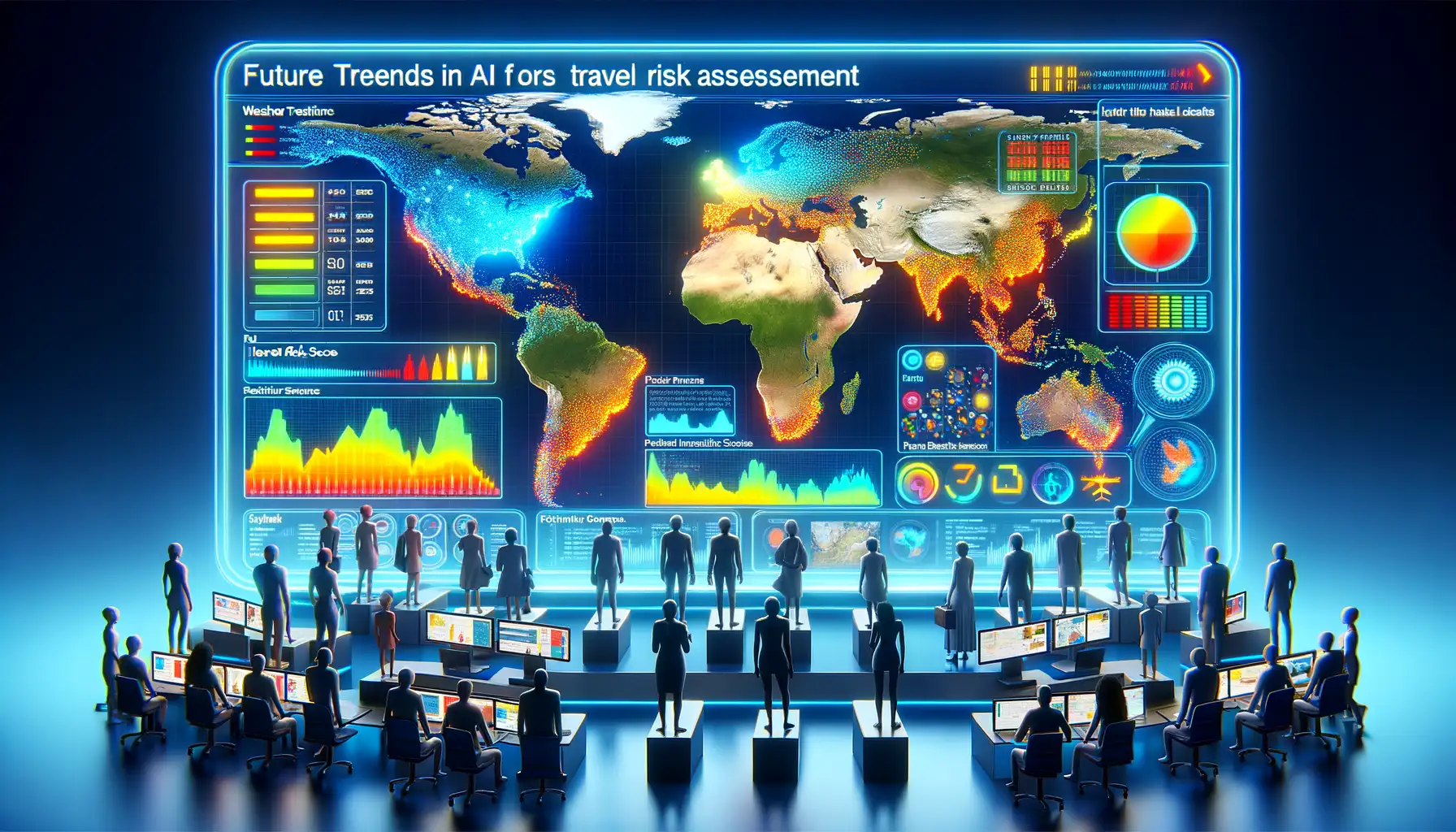Understanding the Need for Risk Assessment in Politically Unstable Regions
What Makes Travel to Unstable Regions So Risky?
Traveling to politically unstable regions is like navigating a minefield blindfolded. One minute, you’re marveling at ancient ruins, and the next, you’re caught in the ripple effects of protests or sudden unrest. These risks aren’t just headlines—they’re real, and they can change in the blink of an eye. But what exactly makes these areas so unpredictable?
– **Evolving political climates**: Governments can collapse overnight, peace treaties can falter, and new policies can spark dissent.
– **Localized dangers**: While one city might feel peaceful, another just 50 miles away could be a hotspot for turmoil.
– **Lack of reliable information**: When you’re on foreign soil, understanding what’s truly happening behind sensationalized news can be almost impossible.
And yet, even the savviest traveler can miss the warning signals. That’s why the key to navigating this complexity lies in understanding—and anticipating—risks.
Risk Isn’t Always Obvious
A “safe” destination today might not be tomorrow. Imagine planning a trip to a bustling market district, only to find it turned into a protest ground overnight. *Would you know where to go? Who to contact?* This is why assessing risk isn’t just useful—it’s your lifeline. With the right tools and insights, you can stay informed, adapt quickly, and ultimately protect yourself. Because travel should be about exploration, not constant anxiety.
How AI Enhances Travel Risk Management

Transforming Travel Safety with Cutting-Edge Insights
Imagine embarking on a journey to a politically unstable region—your sense of adventure meeting a twinge of anxiety. What if you could have a virtual guardian angel analyzing risks in real time? That’s where AI steps in, revolutionizing how we plan and navigate such travels.
AI doesn’t just skim the surface; it dives deep into vast oceans of information. From real-time news updates to government advisories, it processes data at lightning speed, pinpointing potential threats before they unfold. For instance, let’s say protests are brewing in your destination city. An AI-powered tool can instantly cross-reference local chatter, social media content, and historical trend patterns to send you a heads-up—even before it makes the evening news.
With AI, you don’t just react to risks; you stay steps ahead. It’s like having a crystal ball for travel safety, but powered by data, not magic.
Top Features of AI-Based Risk Assessment Tools

Smarter Predictions, Safer Travels
Imagine this: you’re planning a trip to a region where the political climate can change as unpredictably as the weather. The thought of constantly refreshing news apps or sifting through conflicting reports is exhausting. Enter the magic of AI-based risk assessment tools—a true game-changer for travelers seeking security without sacrificing adventure.
These tools excel at turning mountains of data into razor-sharp insights. By analyzing real-time information like news reports, social media chatter, and government advisories, they forecast potential risks with remarkable accuracy. Let’s say protests are brewing in your destination city. A quality AI tool will not only alert you early but may even predict how events could escalate, allowing you to pivot plans effortlessly.
Features You’ll Wish You Had Earlier
When it comes to functionality, these tools are packed like a Swiss Army knife. Some standout features include:
- Location-specific alerts: Get instant notifications tailored to your exact area, so you’re always one step ahead of potential disruptions.
- Risk scoring systems: Visual dashboards rank destinations by safety levels, making decision-making a breeze.
- Customizable preferences: Traveling solo? With family? Adjust settings to match your unique risk tolerance.
AI isn’t just a tool—it’s like having your own personal risk analyst whispering timely advice in your ear. Who wouldn’t want that?
Best Practices for Using AI Tools for Travel Safety

Turning AI into Your Personal Travel Ally
Imagine stepping into a world where on-the-go travel decisions feel less like guesswork and more like having the smartest companion by your side. That’s exactly what AI-powered tools can bring to your journey. But, as much as these tools seem magical, they’re not “plug-and-play” wizards. To get the most out of them, you’ve got to use them wisely.
First off, always start with customization. Most AI risk assessment tools allow you to adjust settings based on your destination. Heading into a politically sensitive zone? Enable specific alerts for protests or government advisories. Think of it like tailoring a suit—it’ll fit so much better when it’s made just for you.
And here’s a golden rule: don’t let the notifications overwhelm you. While these tools offer real-time updates, filter what’s truly critical. Otherwise, you’ll be swamped with ping after ping and miss *the* one alert that counts.
- Set priority levels for alerts (e.g., safety warnings > local news).
- Sync data across devices so you’re never left in the dark.
Navigating the Human-AI Balance
One thing most travelers forget? Technology isn’t infallible. Sure, AI algorithms teach themselves to analyze trends and suggest safe routes, but they can’t replace your gut instinct. When AI says your path through town is “clear,” yet you sense discomfort or spot red flags—trust yourself.
Think of AI as a roadmap, not the final word. Use it to steer you away from danger zones while cross-checking with what locals are saying. Apps like Google Alerts paired with AI tools make a killer combo, keeping you informed across multiple layers.
Lastly, keep your tools up-to-date. Regular updates don’t just squash annoying bugs—they’re loaded with new security measures and more precise algorithms. Treat updates like your pre-travel vaccination: vital for safety.
Future Trends in AI for Travel Risk Assessment

AI’s Role in Shaping Safer Travel Tomorrow
Imagine boarding a flight to an unfamiliar destination, your mind at ease because an intelligent system has already scanned political climates, assessed local threats, and mapped out every potential risk. This isn’t a futuristic dream—it’s where AI is taking us.
In the coming years, expect travel risk assessment tools to evolve into companions that not only analyze scenarios but predict them with uncanny accuracy. Picture this: AI tools combining satellite data, news feeds, and even social media chatter to detect early signs of political unrest or disruptions. A whispered rumor on Twitter? Your app will know about it before it makes headlines.
Personalization will also take center stage. No more one-size-fits-all alerts. These systems will factor in who you are—is your trip for business or leisure? Are you traveling solo or with family? AI will adapt its recommendations accordingly.
- Machine learning models will keep getting smarter, turning raw data into precise insights.
- Integration with IoT devices could mean real-time updates right to your smartwatch.
The era of reactive travel safety may soon be behind us. The future belongs to predictive, proactive protection—with AI leading the charge.
